Carnation vs. Chrysanthemum: A Comparison of Two Popular Flowers
Carnations are a type of dianthus flower that is native to the Mediterranean region. They come in various colors, including pink, white, red, and yellow, and are often used in bouquets and floral arrangements. On the other hand, chrysanthemums originated in China and Japan and come in various colors and shapes, including pompons, daisies, and buttons.
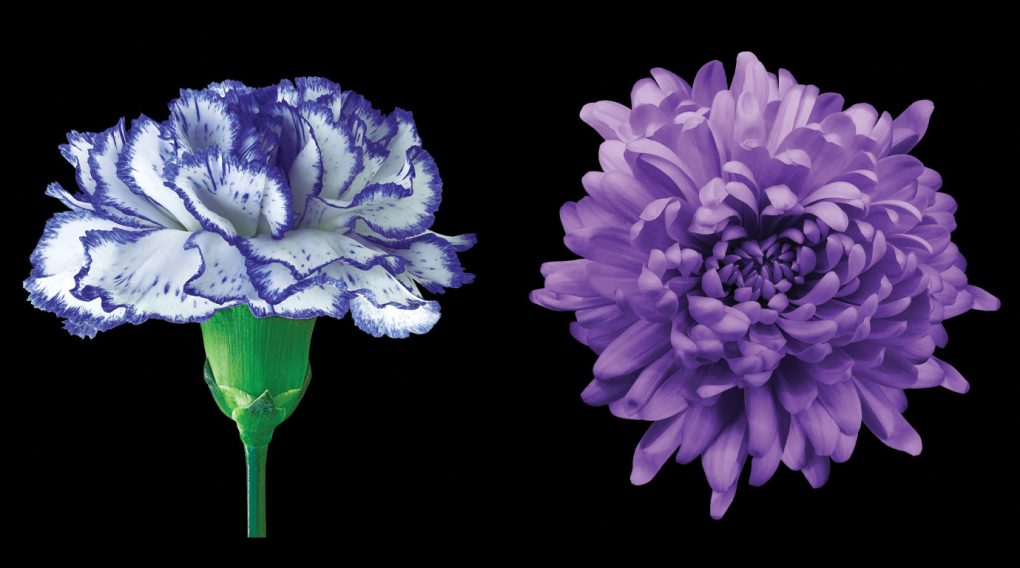
Carnations are known for their ruffled petals and spicy, clove-like fragrance. They are also popular for occasions such as Mother’s Day, Valentine’s Day, and weddings. Chrysanthemums are known for their longevity and are often used in floral arrangements for their long-lasting blooms. They are also popular for fall decorations and are often associated with the harvest season.
Table of Contents
Appearance
Carnation
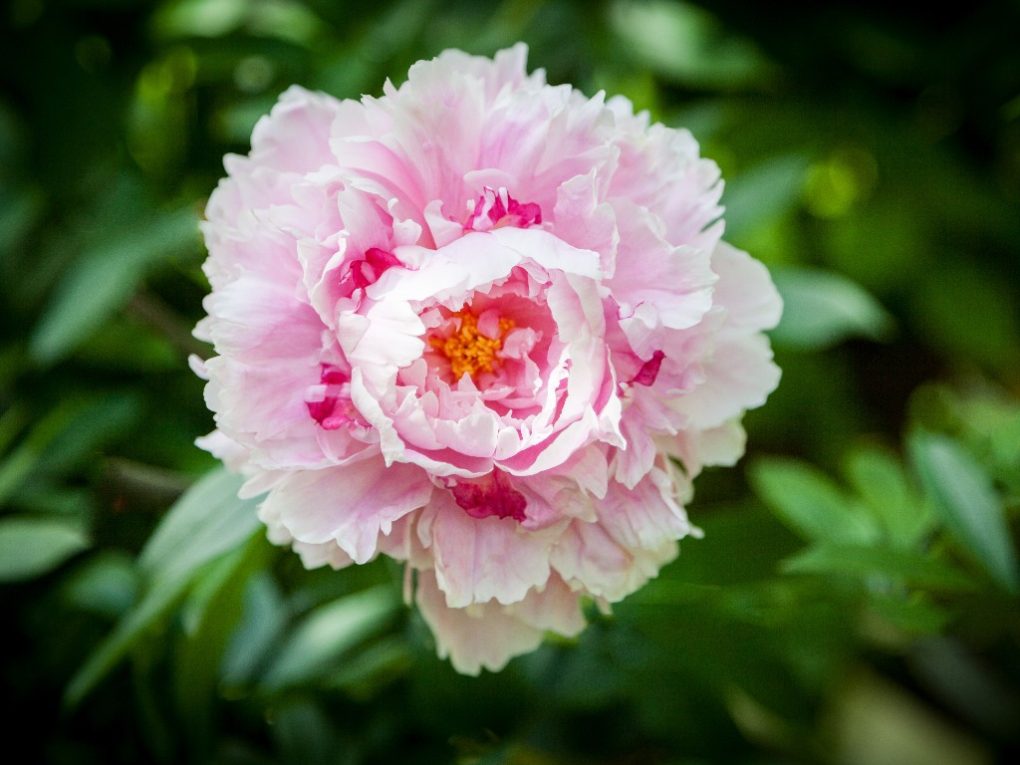
Carnations are a popular choice for cut flowers and are known for their ruffled petals and sweet fragrance. They come in various colors: pink, red, white, yellow, and purple. The flowers can be single or double-flowered, and the petals are often fringed or serrated.
The leaves of the carnation plant are slender and gray-green. The stems are stiff and can grow up to 30 inches tall. Carnations are popular for bouquets and floral arrangements because of their long-lasting blooms and wide color range.
Chrysanthemum
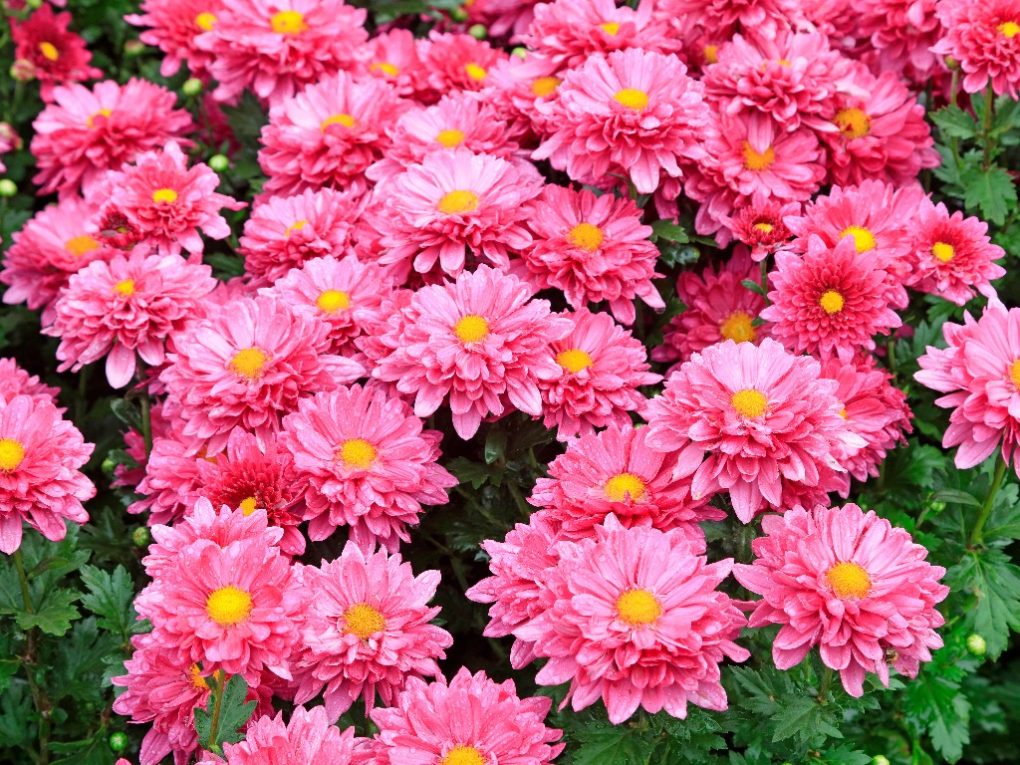
Chrysanthemums, commonly known as mums, are popular fall flowers in various colors, including yellow, red, pink, white, and purple. The flowers can be single or double-flowered, and the petals can be flat or slightly curved.
The leaves of the chrysanthemum plant are dark green and have a serrated edge. The stems are sturdy and can grow up to 36 inches tall. Chrysanthemums are often used in floral arrangements and as potted plants because of their long-lasting blooms and wide color range.
Compared to carnations, chrysanthemums have a larger flower head and a more bushy appearance. They are also known for longevity and are often used as a symbol of longevity and good luck in Asian cultures.
Symbolism
Carnation
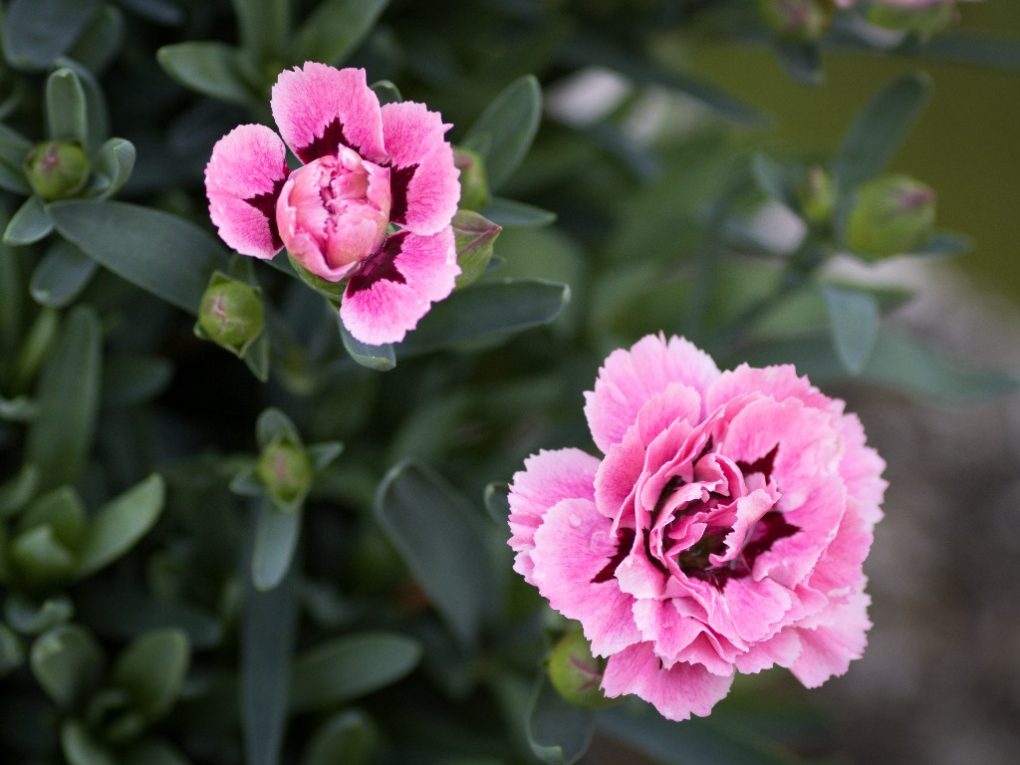
Carnations are often associated with love, fascination, and distinction. They are also the official flower of Mother’s Day in the United States. In Christianity, carnations are believed to have grown from the tears of the Virgin Mary as she watched Jesus carry the cross, making them a symbol of motherly love. The color of a carnation can also affect its symbolism, for example:
- Red carnations symbolize deep love and admiration.
- Pink carnations represent a mother’s love or gratitude.
- White carnations symbolize purity, innocence, and luck.
- Purple carnations symbolize capriciousness or changeability.
Chrysanthemum
According to the Petal Republic, chrysanthemums are known for longevity and are often associated with joy, trust, and friendship. They are also the official flower for November birthdays in the United States. Like carnations, the color of the chrysanthemum can affect its symbolism:
- Red chrysanthemums symbolize love and deep passion.
- Yellow chrysanthemums symbolize neglected love or sorrow.
- White chrysanthemums symbolize loyalty and honesty.
- Purple chrysanthemums symbolize royalty and nobility.
Chrysanthemums are also deeply rooted in Asian culture, particularly in Japan and China, where they symbolize autumn and changing seasons. They are often used in festivals and celebrations and even have their holiday, the Festival of Happiness.
Cultivation
Carnation
Carnations are easy to grow and require minimal care. They thrive in well-draining soil and full sun. Here are a few tips for cultivating carnations:
- Plant carnations in the spring or fall.
- Choose a location with good drainage and full sun.
- Water regularly, but do not overwater.
- Feed with a balanced fertilizer every 4-6 weeks during the growing season.
- Deadhead regularly to encourage more blooms.
- Protect from frost in the winter months.
Chrysanthemum
Chrysanthemums, also known as mums, require more care than carnations. I learned they preferred well-draining soil and full sun when I plated one. They also need regular pruning to maintain their shape. Here are a few tips for cultivating chrysanthemums:
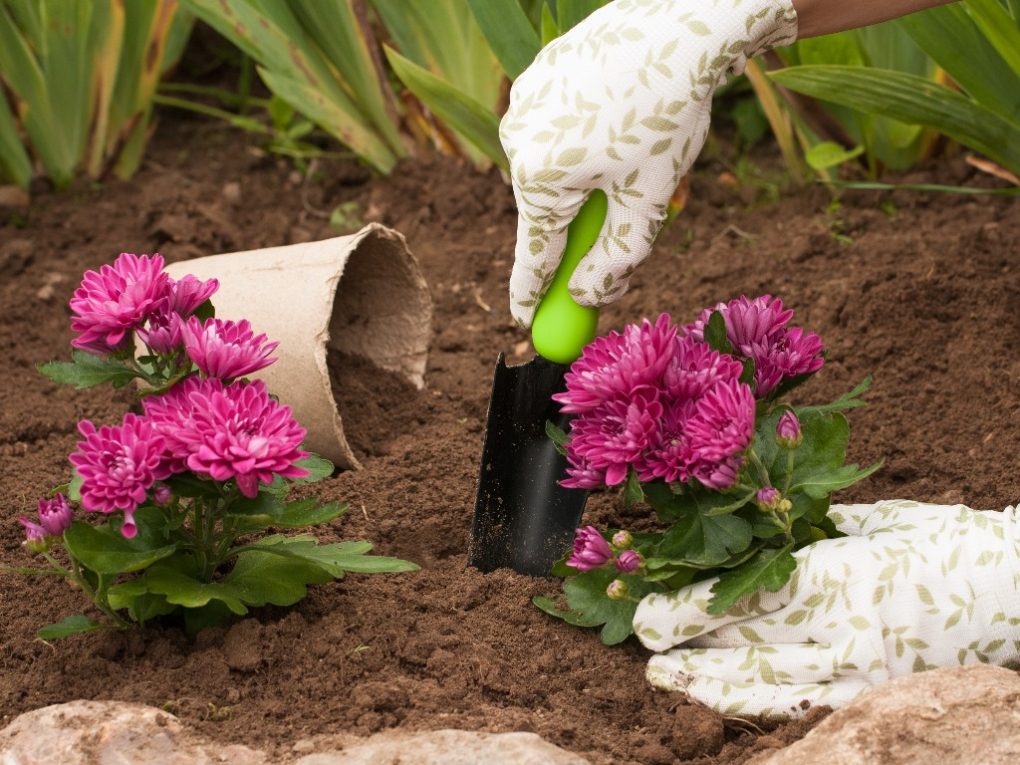
- Plant chrysanthemums in the spring or fall.
- Choose a location with good drainage and full sun.
- Water regularly, but do not overwater.
- Feed with a balanced fertilizer every 4-6 weeks during the growing season.
- Prune regularly to maintain shape and encourage more blooms.
- Protect from frost in the winter months.
| Carnation | Chrysanthemum | |
| Planting Time | Spring or Fall | Spring or Fall |
| Soil | Well-draining | Well-draining |
| Sun | Full Sun | Full Sun |
| Watering | Regular | Regular |
| Fertilizer | Every 4-6 weeks | Every 4-6 weeks |
| Pruning/Deadheading | Deadhead regularly | Prune regularly to maintain shape |
| Winter Care | Protect from frost | Protect from frost |
Uses
Carnation
Carnations have been used for various purposes throughout history. Here are some common uses:
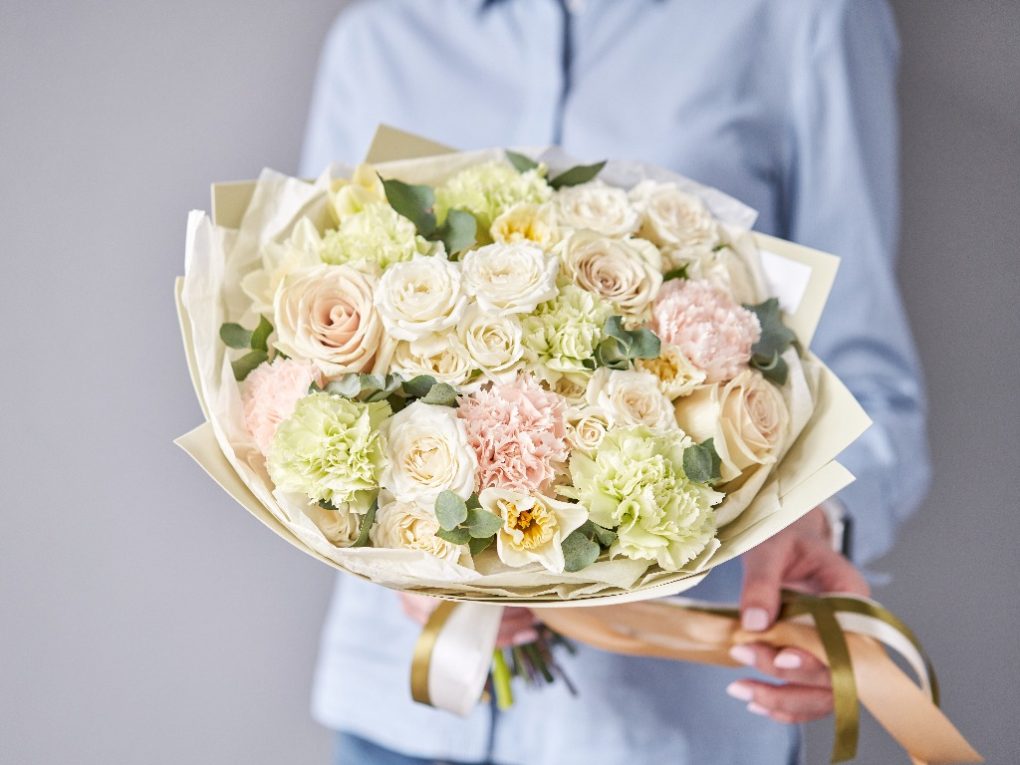
- Decorative purposes: Carnations are often used in flower arrangements and bouquets due to their beautiful appearance and durable nature.
- Medicinal purposes: Carnations have been used in traditional medicine to treat various ailments such as fever, skin rash, and sore muscles. Carnation oil is also used to soothe skin problems and reduce wrinkles.
- Culinary purposes: Carnations are sometimes used in cooking, particularly in Asian cuisine. The petals can add color and flavor to dishes such as salads and soups.
Chrysanthemum
Chrysanthemums have a long history of use in traditional Chinese medicine. Here are some common uses:
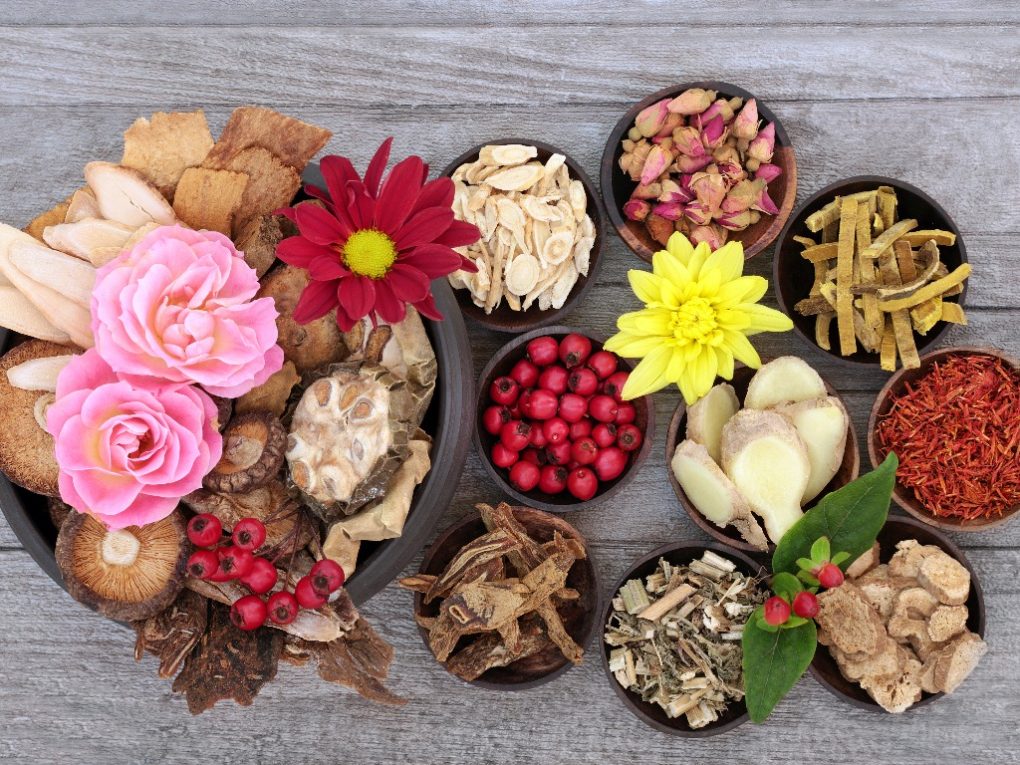
- Herbal medicine: Chrysanthemum tea is made from dried flowers and is used to treat various ailments such as high blood pressure, fevers, headaches, and inflammation.
- Decorative purposes: Chrysanthemums are often used in flower arrangements and bouquets due to their beautiful appearance and wide range of colors.
- Culinary purposes: Chrysanthemum petals are sometimes used in cooking, particularly Chinese cuisine. They can add flavor and color to soups and stir-fry dishes.
